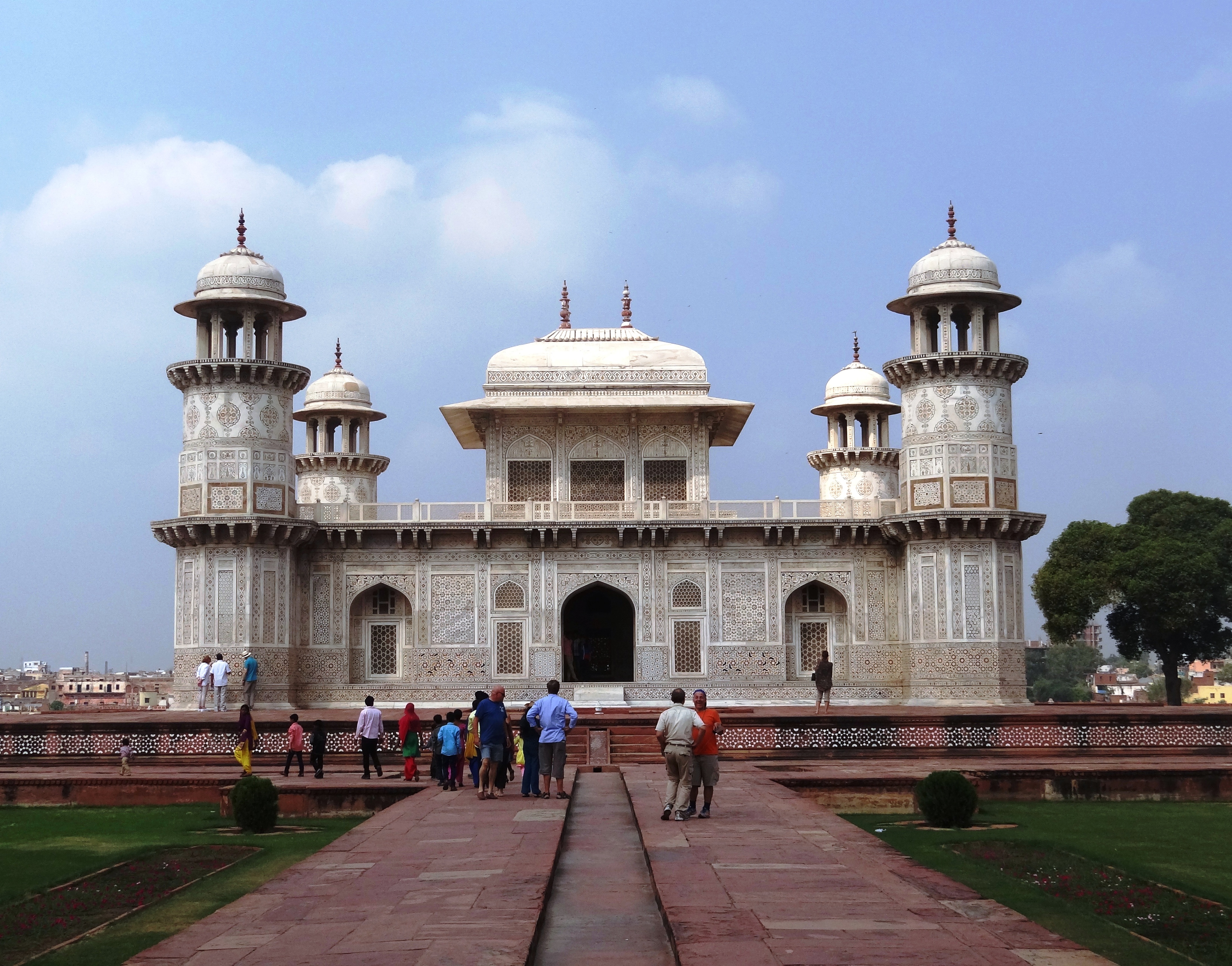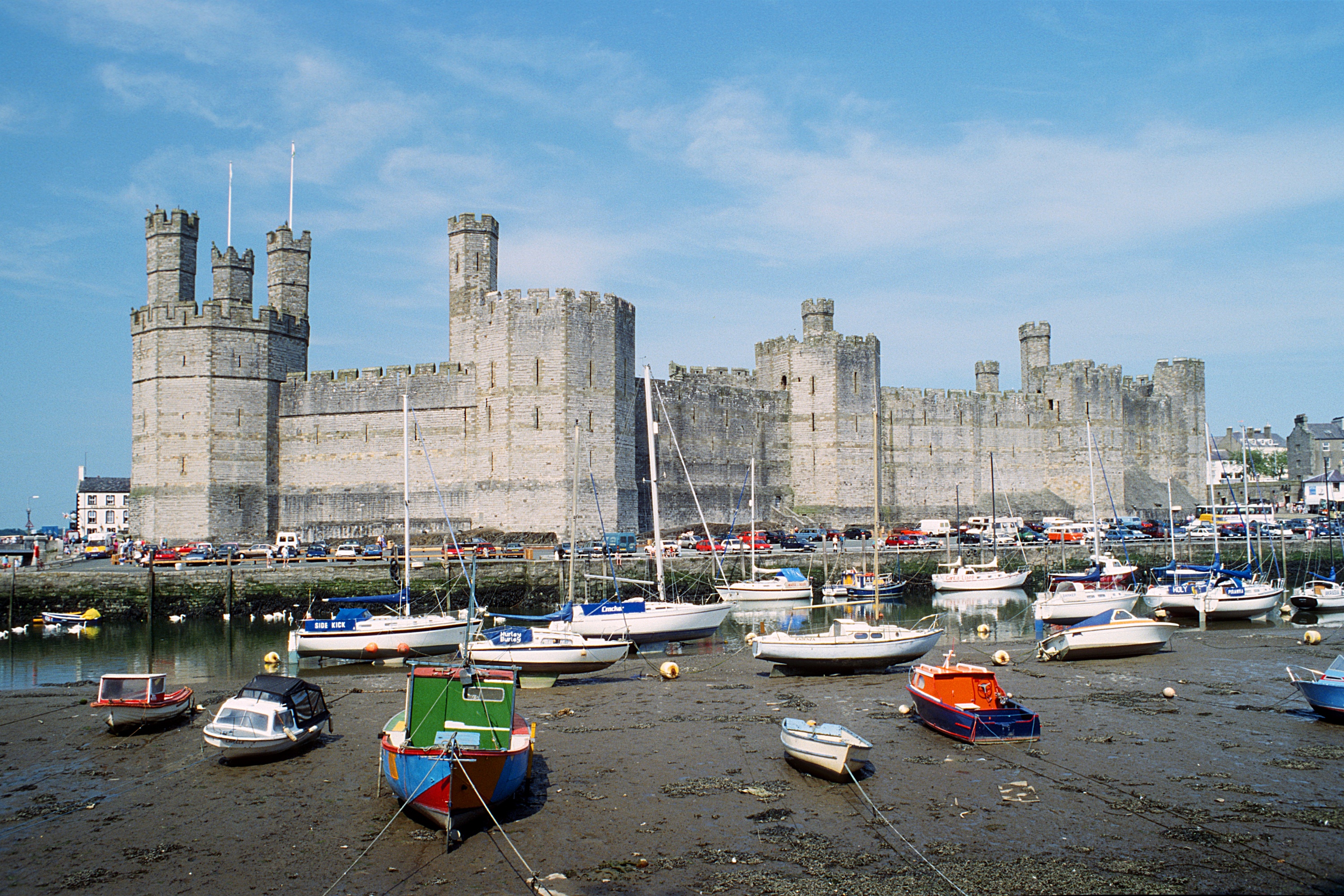|
Agnes Ramsey
Agnes Ramsey (died 1399), was an English businesswoman.Oxford Dictionary of National Biography She was the daughter of architect and mason William Ramsey, and married mason Robert Hubard. She was likely trained in the craft by her father. Upon the death of her father in 1349, Ramsey inherited his business. This included a London-based workshop producing tombs. Ramsey assumed her father's debt and engaged in property transactions; several of her business transactions are preserved in documents. She was a very successful mason-architect, and belonged to the elite of the profession in late 14th-century London. In the 1350s, she was contracted by Queen Isabella for the construction of the queen's tomb A tomb ( grc-gre, τύμβος ''tumbos'') is a :wikt:repository, repository for the remains of the dead. It is generally any structurally enclosed interment space or burial chamber, of varying sizes. Placing a corpse into a tomb can be ... at the London Greyfriars, at a ... [...More Info...] [...Related Items...] OR: [Wikipedia] [Google] [Baidu] |
English People
The English people are an ethnic group and nation native to England, who speak the English language, a West Germanic language, and share a common history and culture. The English identity is of Anglo-Saxon origin, when they were known in Old English as the ('race or tribe of the Angles'). Their ethnonym is derived from the Angles, one of the Germanic peoples who migrated to Great Britain around the 5th century AD. The English largely descend from two main historical population groups the West Germanic tribes (the Angles, Saxons, Jutes and Frisians) who settled in southern Britain following the withdrawal of the Romans, and the partially Romanised Celtic Britons already living there.Martiniano, R., Caffell, A., Holst, M. et al. Genomic signals of migration and continuity in Britain before the Anglo-Saxons. Nat Commun 7, 10326 (2016). https://doi.org/10.1038/ncomms10326 Collectively known as the Anglo-Saxons, they founded what was to become the Kingdom of England ... [...More Info...] [...Related Items...] OR: [Wikipedia] [Google] [Baidu] |
Architect
An architect is a person who plans, designs and oversees the construction of buildings. To practice architecture means to provide services in connection with the design of buildings and the space within the site surrounding the buildings that have human occupancy or use as their principal purpose. Etymologically, the term architect derives from the Latin ''architectus'', which derives from the Greek (''arkhi-'', chief + ''tekton'', builder), i.e., chief builder. The professional requirements for architects vary from place to place. An architect's decisions affect public safety, and thus the architect must undergo specialized training consisting of advanced education and a ''practicum'' (or internship) for practical experience to earn a license to practice architecture. Practical, technical, and academic requirements for becoming an architect vary by jurisdiction, though the formal study of architecture in academic institutions has played a pivotal role in the development of t ... [...More Info...] [...Related Items...] OR: [Wikipedia] [Google] [Baidu] |
Stone Mason
In geology, rock (or stone) is any naturally occurring solid mass or aggregate of minerals or mineraloid matter. It is categorized by the minerals included, its chemical composition, and the way in which it is formed. Rocks form the Earth's outer solid layer, the crust, and most of its interior, except for the liquid outer core and pockets of magma in the asthenosphere. The study of rocks involves multiple subdisciplines of geology, including petrology and mineralogy. It may be limited to rocks found on Earth, or it may include planetary geology that studies the rocks of other celestial objects. Rocks are usually grouped into three main groups: igneous rocks, sedimentary rocks and metamorphic rocks. Igneous rocks are formed when magma cools in the Earth's crust, or lava cools on the ground surface or the seabed. Sedimentary rocks are formed by diagenesis and lithification of sediments, which in turn are formed by the weathering, transport, and deposition of existing rocks. ... [...More Info...] [...Related Items...] OR: [Wikipedia] [Google] [Baidu] |
William Ramsey (architect)
William de Ramsey (fl. 1323 – died 1349) was an English Gothic master mason and architect who worked on and likely designed the two earliest buildings of the Perpendicular style of Gothic architecture. William Ramsey was likely an inventor of the Perpendicular style which was to dominate Gothic architecture in England for three centuries "and, if so, he was one of the most influential architects England has ever produced". The son of John de Ramsey, Master of Works at Norwich Cathedral and probable builder at Ely Cathedral (1324–30), William Ramsey began his career in the 1320s, working with his father on the cloisters at Norwich and probably on the chapel above the St Ethelbert's Gate to the cathedral close. In 1323 he was working on St Stephen's Chapel (since destroyed) at the old Palace of Westminster. He was also a consultant ('Visiting Master') at Norwich's Cathedral between 1326 and 1331. In 1332 he designed the chapter house (since destroyed) at Old St Paul's Cathedral ... [...More Info...] [...Related Items...] OR: [Wikipedia] [Google] [Baidu] |
Debt
Debt is an obligation that requires one party, the debtor, to pay money or other agreed-upon value to another party, the creditor. Debt is a deferred payment, or series of payments, which differentiates it from an immediate purchase. The debt may be owed by sovereign state or country, local government, company, or an individual. Commercial debt is generally subject to contractual terms regarding the amount and timing of repayments of principal and interest. Loans, bonds, notes, and mortgages are all types of debt. In financial accounting, debt is a type of financial transaction, as distinct from equity. The term can also be used metaphorically to cover moral obligations and other interactions not based on a monetary value. For example, in Western cultures, a person who has been helped by a second person is sometimes said to owe a "debt of gratitude" to the second person. Etymology The English term "debt" was first used in the late 13th century. The term "debt" com ... [...More Info...] [...Related Items...] OR: [Wikipedia] [Google] [Baidu] |
Financial Transaction
A financial transaction is an agreement, or communication, between a buyer and seller to exchange goods, services, or assets for payment. Any transaction involves a change in the status of the finances of two or more businesses or individuals. A financial transaction always involves one or more financial asset, most commonly money or another valuable item such as gold or silver. There are many types of financial transactions. The most common type, purchases, occur when a good, service, or other commodity is sold to a consumer in exchange for money. Most purchases are made with cash payments, including physical currency, debit cards, or cheques. The other main form of payment is credit, which gives immediate access to funds in exchange for repayment at a later date. History There is no evidence to support the theory that ancient civilizations worked on systems of barter. Instead, most historians believe that ancient cultures worked on principles of gift economy and debt ... [...More Info...] [...Related Items...] OR: [Wikipedia] [Google] [Baidu] |
Isabella Of France
Isabella of France ( – 22 August 1358), sometimes described as the She-Wolf of France (), was Queen of England as the wife of King Edward II, and regent of England from 1327 until 1330. She was the youngest surviving child and only surviving daughter of Philip IV of France and Joan I of Navarre. Isabella was notable in her lifetime for her diplomatic skills, intelligence, and beauty. She overthrew her husband, becoming a " femme fatale" figure in plays and literature over the years, usually portrayed as a beautiful but cruel and manipulative figure. Isabella arrived in England at the age of 12 during a period of growing conflict between the king and the powerful baronial factions. Her new husband was notorious for the patronage he lavished on his favourite, Piers Gaveston, but the queen supported Edward during these early years, forming a working relationship with Piers and using her relationship with the French monarchy to bolster her own authority and power. After the d ... [...More Info...] [...Related Items...] OR: [Wikipedia] [Google] [Baidu] |
Tomb
A tomb ( grc-gre, τύμβος ''tumbos'') is a repository for the remains of the dead. It is generally any structurally enclosed interment space or burial chamber, of varying sizes. Placing a corpse into a tomb can be called ''immurement'', and is a method of final disposition, as an alternative to cremation or burial. Overview The word is used in a broad sense to encompass a number of such types of places of interment or, occasionally, burial, including: * Architectural shrines – in Christianity, an architectural shrine above a saint's first place of burial, as opposed to a similar shrine on which stands a reliquary or feretory into which the saint's remains have been transferred * Burial vault – a stone or brick-lined underground space for multiple burials, originally vaulted, often privately owned for specific family groups; usually beneath a religious building such as a church ** Cemetery ** Churchyard * Catacombs * Chamber tomb * Charnel house * Chur ... [...More Info...] [...Related Items...] OR: [Wikipedia] [Google] [Baidu] |
Christ Church Greyfriars
Christ Church Greyfriars, also known as Christ Church Newgate Street, was a church in Newgate Street, opposite St Paul's Cathedral in the City of London. Established as a monastic church in the thirteenth century, it became a parish church after the Dissolution of the Monasteries. Following its destruction in the Great Fire of London of 1666, it was rebuilt to the designs of Sir Christopher Wren. Except for the tower, the church was largely destroyed by bombing during the Second World War. The decision was made not to rebuild the church; the ruins are now a public garden. History Gothic church Christ Church Greyfriars had its origins in the conventual church of a Franciscan monastery, the name 'Greyfriars' being a reference to the grey habits worn by Franciscan friars. The first church on the site was built in the mid-thirteenth century, but this was soon replaced by a much larger building, begun in the 1290s and finished in about 1360. This new church was the second largest ... [...More Info...] [...Related Items...] OR: [Wikipedia] [Google] [Baidu] |
Edward II Of England
Edward II (25 April 1284 – 21 September 1327), also called Edward of Caernarfon, was King of England and Lord of Ireland from 1307 until he was deposed in January 1327. The fourth son of Edward I, Edward became the heir apparent to the throne following the death of his elder brother Alphonso. Beginning in 1300, Edward accompanied his father on invasions of Scotland. In 1306, he was knighted in a grand ceremony at Westminster Abbey. Following his father's death, Edward succeeded to the throne in 1307. He married Isabella, the daughter of the powerful King Philip IV of France, in 1308, as part of a long-running effort to resolve tensions between the English and French crowns. Edward had a close and controversial relationship with Piers Gaveston, who had joined his household in 1300. The precise nature of their relationship is uncertain; they may have been friends, lovers, or sworn brothers. Edward's relationship with Gaveston inspired Christopher Marlowe's ... [...More Info...] [...Related Items...] OR: [Wikipedia] [Google] [Baidu] |
1399 Deaths
Year 1399 ( MCCCXCIX) was a common year starting on Wednesday (link will display the full calendar) of the Julian calendar. Events January–December * January – Timur the Lame captures and sacks Haridwar. * February 3 – John of Gaunt, uncle of King Richard II of England and father of Henry Bolingbroke, dies. * March 18 – Richard II of England cancels the legal documents allowing the exiled Henry Bolingbroke to inherit his father's lands. * July 4 – While Richard II of England is away on a military campaign in Ireland, Henry Bolingbroke, with exiled former archbishop of Canterbury Thomas Arundel as an advisor, returns to England and begins a military campaign to reclaim his confiscated lands. * August 6 – Prince of Yan ( Zhu Di) of China starts a rebellion in Beijing. * August 12 – Battle of the Vorskla River: Mongol Golden Horde forces, led by Khan Temür Qutlugh and Emir Edigu, annihilate a crusading army led by former Golden Hord ... [...More Info...] [...Related Items...] OR: [Wikipedia] [Google] [Baidu] |
14th-century English Businesspeople
As a means of recording the passage of time, the 14th century was a century lasting from 1 January 1301 ( MCCCI), to 31 December 1400 (MCD). It is estimated that the century witnessed the death of more than 45 million lives from political and natural disasters in both Europe and the Mongol Empire. West Africa experienced economic growth and prosperity. In Europe, the Black Death claimed 25 million lives wiping out one third of the European population while the Kingdom of England and the Kingdom of France fought in the protracted Hundred Years' War after the death of Charles IV, King of France led to a claim to the French throne by Edward III, King of England. This period is considered the height of chivalry and marks the beginning of strong separate identities for both England and France as well as the foundation of the Italian Renaissance and Ottoman Empire. In Asia, Tamerlane (Timur), established the Timurid Empire, history's third largest empire to have been ever establis ... [...More Info...] [...Related Items...] OR: [Wikipedia] [Google] [Baidu] |









